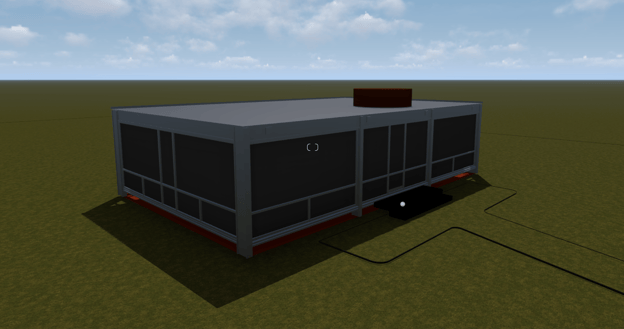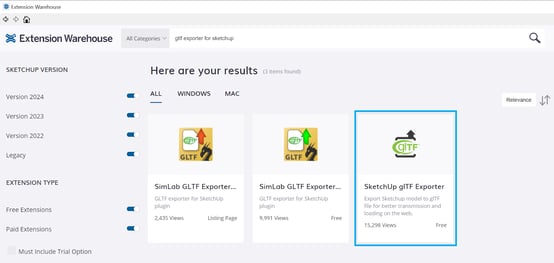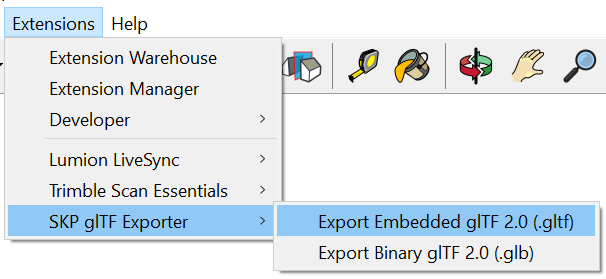Can Lumion Import the glTF 3d model file format?

1. What is the glTF format?
The glTF format is one of a few standard file formats for three-dimensional models and yes, starting with Lumion 2024, it is supported.
Released in 2012, glTf 1.0 was defined with a shader suited for WebGL and was not able to be used when importing into a 3D application.
However, that changed in 2017 when glTF 2.0 was released. The new version which basically is known simply as glTF can now be imported into 3D applications.
1.1: Basic Features:
- The glTF file supports 3D model geometry and animations (move/rotate/scale).
- It is organized in nodes, which can be represented by materials and textures.
- Comes with a full PBR (Physically Based Rendering) import workflow that Lumion 2023 and newer supports.
- Has the advantage that it can compress elements (for example textures) thus, reducing the file size of the glTF file.
Once imported into Lumion, it can be used as any other model.
Note: A glTF file uses one of two possible file extensions: .gltf or .glb, and you can import both of them into Lumion.
For animations: only move/rotate/scale are supported:
- Knowledge Base: How do you import animated objects in Lumion?
2. Where can you get a glTF file and benefit from its features?
2.1 There are different markets from which you can purchase glTF files:
- External Link: SketchFab
2.2 Export from Sketchup:
2.2.1 Install the SketchUp glTF Exporter from the Extension Warehouse:

2.2.2 And export as glTF:

2.3 Export from Rhino:
2.3.1 Edit and Export Selected:
 2.3.2 Select the glTF format:
2.3.2 Select the glTF format:

Note: Only available for Rhino 8.

